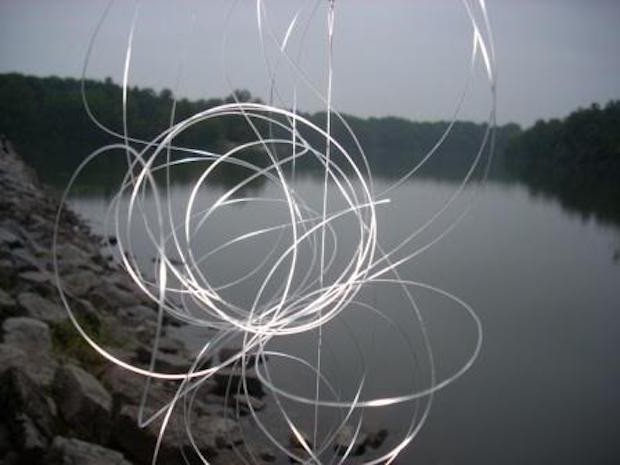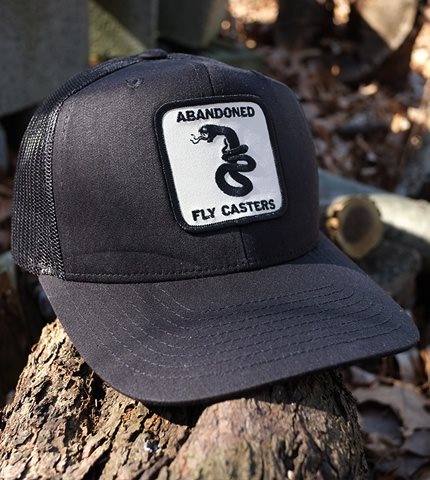
Story by PHIL MONAHAN
READ FULL ARTICLE
Untanglers—the group to which I belong—see every knot as a challenge to be met head-on. The exception to this rule is that rising fish demand a speedy solution, even if it means cutting a tangle you could undo if you had the time. Rising fish wait for no man.
That said, here are some strategies for detangling your leader.
If you are fishing a tandem rig, immediately cut off the bottom fly at the hook bend of the top fly. If you don’t, you’ll find that the dropper fly keeps wrapping itself around stuff while you’re working on another part of the tangle.
If you are fishing a bushy dry fly or a big streamer, you may want to cut that off, as well. Such a fly is hard to thread through small loops, which is frustrating. For most tangles, I prefer to leave smaller flies attached because they give you a visual reminder of where the end of the line is when you’re working farther up. Plus, the fly gives you some weight to work with when you’re trying to unspin parts of the tangle.
The key thing to remember is this: Things wrap around other things. The vast majority of tangles aren’t really knots, in which the end of the line is actually interwoven with the standing line. What looks like a convoluted mess will become clearer when you start to look for how parts of the tangle are wrapping around each other. If you can unwrap them in the reverse order, you’re golden.
Never pull on the ends of the tangle, even if you think you’re almost done solving it. This may serve to create a smaller, tighter tangle that’s even harder to undo.
Many nippers have a small pick for poking the glue out of hook eyes. Use this to gently pull apart tight parts of the tangle or “wind knots.” If your nipper doesn’t offer this feature, attach a safety pin to your sling pack or vest for easy access.



